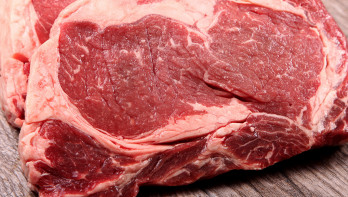Analysis Cattle & Beef
Opening Korean market offers opportunities for EU Beef
South Korea is slowly but surely opening its market to European beef. There lies an opportunity, as the country imports about half a million tons of beef every year. Currently, however, the export from Europe to the country is still negligible. In the trade that has taken place in recent years, the Netherlands has played a leading role, as trade from our country and from Denmark was previously approved.
This month, South Korea decided to open its market to French and Irish beef. This is the second time in over twenty years that the country is taking a step to restore beef trade with the European Union. Trade restrictions were imposed in 2001 after outbreaks of mad cow disease (BSE). The first countries to be exempted from the restrictions were the Netherlands and Denmark in 2019. Two other major beef producers, Italy and Poland, are still waiting. The European Union expects the remaining export restrictions to be lifted at any moment.
This presents an opportunity for the European market. South Korea imports around half a million tons of beef per year. Typically, the country imports beef from the United States, Australia, and New Zealand. Beef from the Brazilian market, like European beef, is currently excluded from the South Korean market. However, the expectation is that the restriction will be lifted in 2025.
Export Negligible
Due to trade restrictions, there has been minimal export to South Korea in the last twenty years. The export record dates back to 2022 when 1,299 tons of beef were exported. The lowest point was reached in 2013 when the total export was only 13 tons. In total, the European Union exported 7,014 tons of beef during this period. In April 2024, for comparison, the United States exported nearly 20,000 tons of beef to the Asian country.
Within the limited market share that existed, the Netherlands and Denmark played a key role. However, the export from these countries has not been very consistent. For instance, the Netherlands was the largest European exporter in 2019 with an export volume of 410 tons. By 2023, the volume had dropped back to 82 tons. Meanwhile, Danish exports reached a peak in 2022 with a volume of 820 tons, but by 2023, the export had dropped back to 453 tons.




